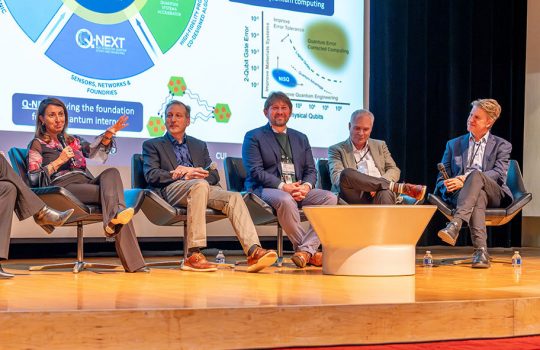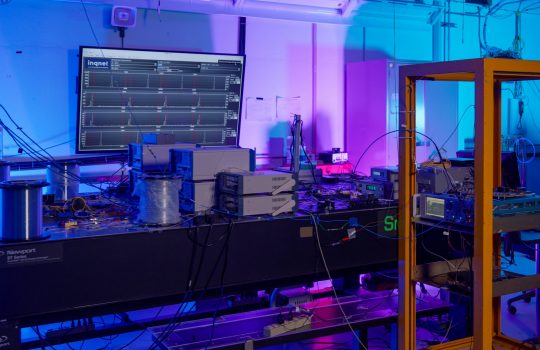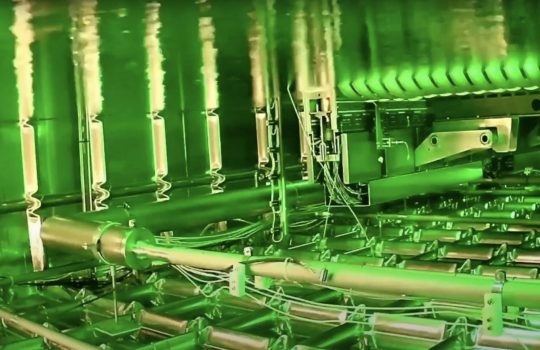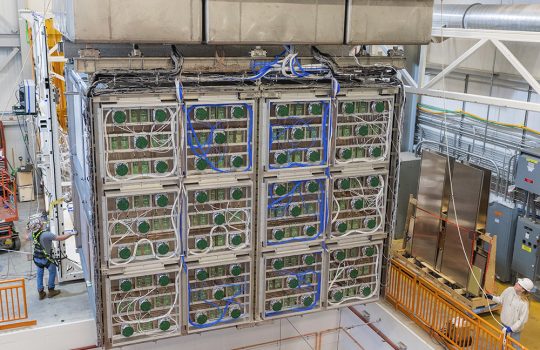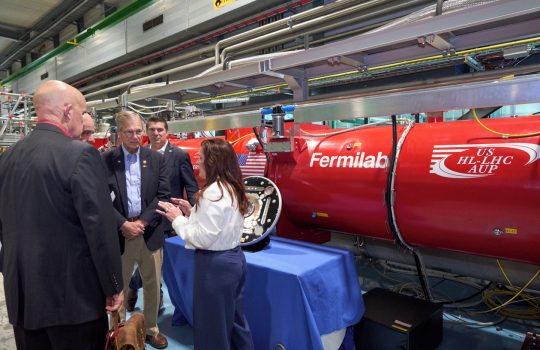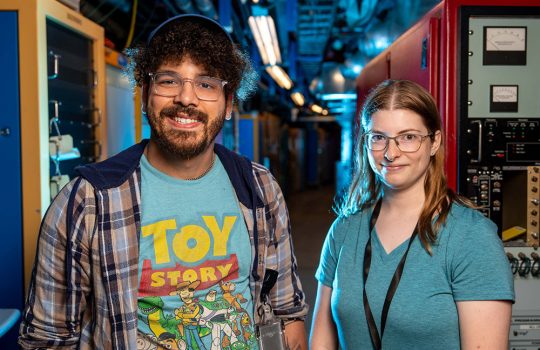Fermilab celebrates new era of quantum innovation with ‘Exploring the Quantum Universe’
Fermilab is hosting a national symposium that brings together experts from across the quantum information science community. The event comes as the United States expands its leadership in quantum technology and underscores Fermilab’s increasing emphasis on QIS research.

